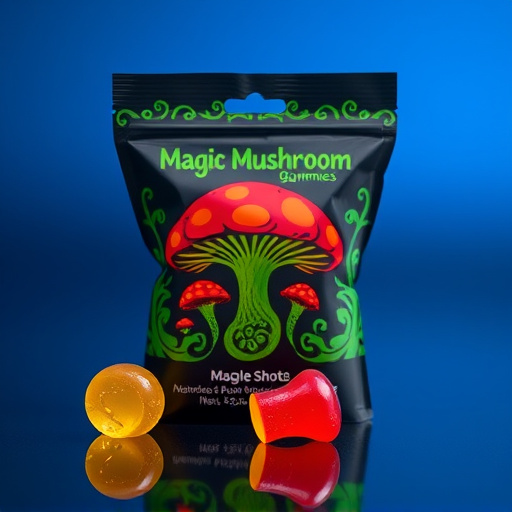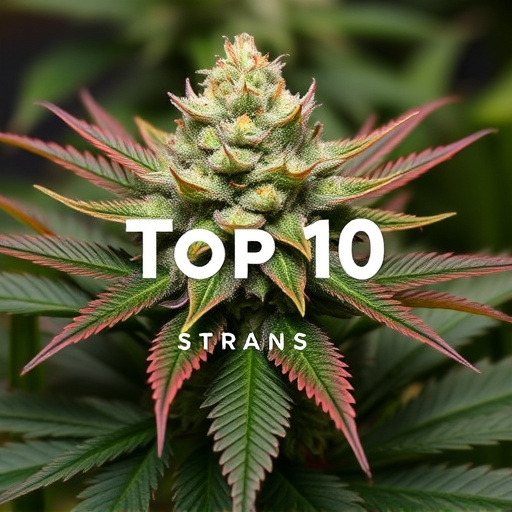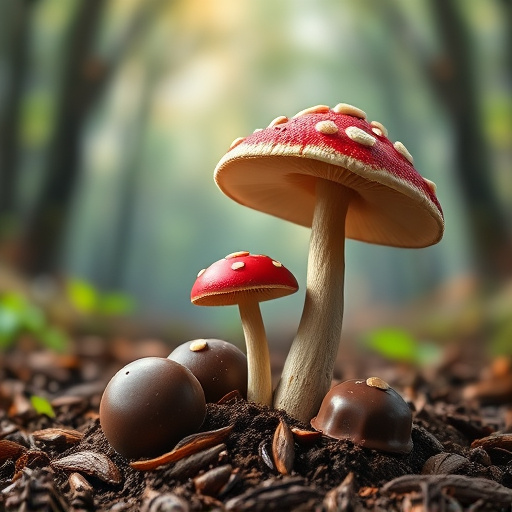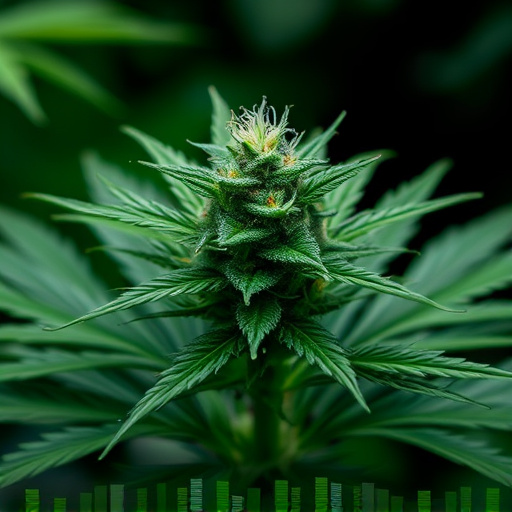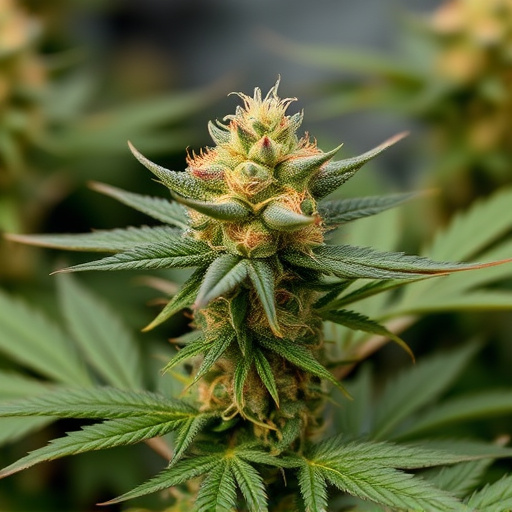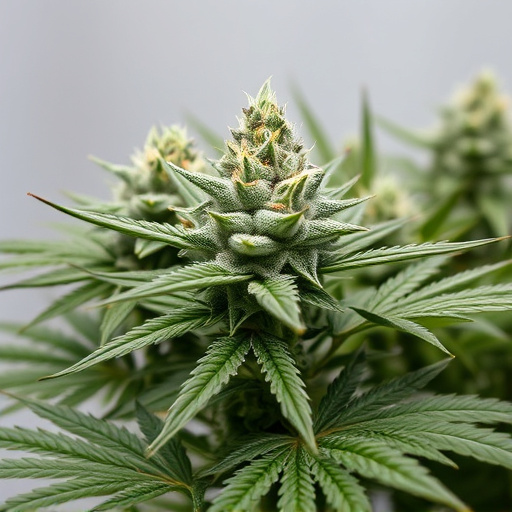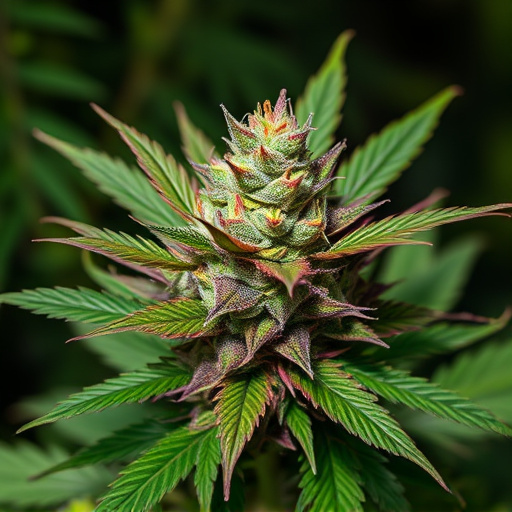The climate and geography of a region significantly impact the quality and characteristics of cannabis plants, with mild climates producing balanced strains and warmer areas creating high-THC, potent varieties. Elevation, water proximity, temperature (70-85°F/21-29°C), humidity (60-70%), and light exposure (16-18 hours of light daily during vegetative growth, followed by a 12L/12D cycle for flowering) are critical for optimal growth. These factors influence terpene profiles and cannabinoid content, shaping the quality and therapeutic potential of cannabis products, especially the sought-after most potent strains globally.
“Unraveling the intricate relationship between cultivation practices and cannabis quality, this article delves into the art and science behind growing the most potent strains. From climate and geography’s profound impact on terpene profiles and cannabinoid content, to the critical role of soil health and nutrition, every element contributes to optimal results. We explore indoor vs. outdoor cultivation techniques, revealing how environmental factors shape not just yield but also the very essence of cannabis, with a focus on unlocking the potential of the most potent strains.”
- The Role of Climate and Geography in Cannabis Cultivation
- – Discussing the ideal climate conditions for different cannabis strains
- – How geographical location influences terpene profiles and cannabinoid content
The Role of Climate and Geography in Cannabis Cultivation
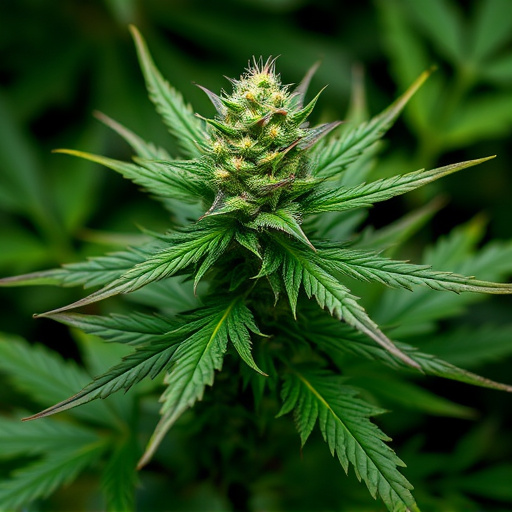
The climate and geographical location play a pivotal role in shaping the quality and characteristics of cannabis plants. Different regions offer unique environmental conditions that can significantly impact the growth, flavour, aroma, and overall potency of cannabis strains. For instance, areas with mild, temperate climates often produce cannabis with balanced profiles, while warmer regions can lead to plants with higher levels of THC, making them among the most potent strains of cannabis.
Geographical features like elevation and proximity to bodies of water also come into play. Higher altitudes typically provide cooler temperatures, which can slow down plant growth but enhance the concentration of certain cannabinoids. Similarly, coastal areas benefit from moderate temperatures and increased humidity, creating ideal conditions for robust, flavourful cannabis cultivation. These environmental factors contribute to the diverse range of cannabis varieties available, each with its distinct properties and appeal to various consumer preferences.
– Discussing the ideal climate conditions for different cannabis strains
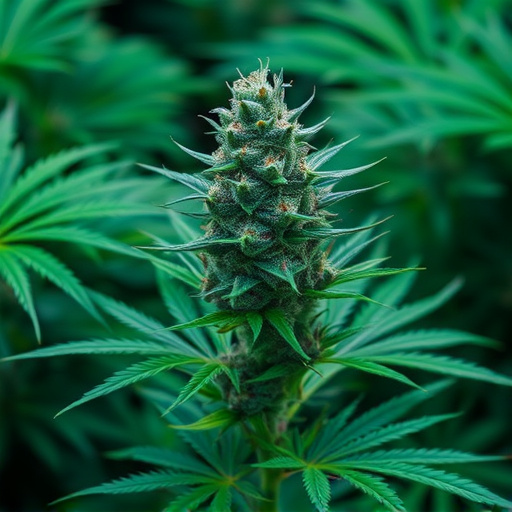
Cannabis plants, like many others, thrive in specific climate conditions that greatly influence their growth and final product quality. Different strains have unique requirements when it comes to temperature, humidity, and light exposure. For instance, most potent strains of cannabis tend to flourish in warmer climates, typically between 70-85°F (21-29°C), with moderate to high humidity levels around 60-70%. This environment mimics the natural conditions found in Mediterranean regions, known for producing some of the highest-quality cannabis.
Light is another crucial factor; many cannabis strains prefer between 16-18 hours of light per day during the vegetative phase, followed by a shift to 12 hours of light and 12 hours of darkness for flowering. This cycle mimics nature’s seasonal changes, prompting the plant to transition from growth to reproduction. Maintaining these ideal conditions ensures that cannabis plants reach their full potential, resulting in higher cannabinoid concentrations and enhanced terpene profiles—key factors contributing to the overall quality and potency of the final product.
– How geographical location influences terpene profiles and cannabinoid content
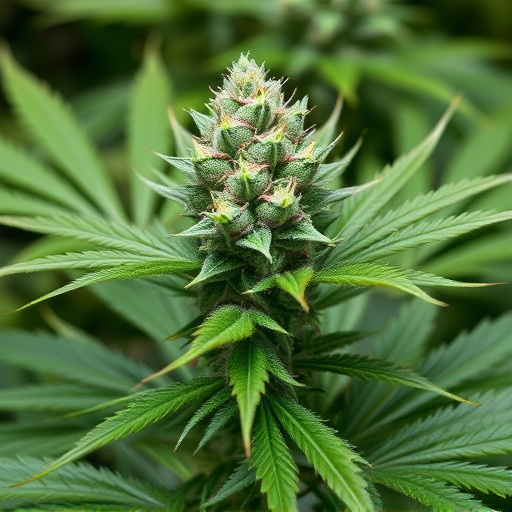
Geographical location plays a pivotal role in shaping the terpene profiles and cannabinoid content of cannabis plants, thereby impacting the overall quality and potential therapeutic benefits of the final product. Terpenes, aromatic compounds responsible for the distinct flavors and aromas of cannabis strains, are highly sensitive to environmental factors such as temperature, sunlight exposure, and humidity.
Different regions around the world offer unique growing conditions that favor specific terpene production. For instance, cooler climates often encourage the synthesis of myrcene, a terpene known for its earthy, musky notes, while warmer environments may promote the growth of limonene, contributing to citrusy scents. These variations in terpene profiles can lead to the development of distinct cannabis strains, with some regions becoming renowned for cultivating the most potent strains known for their high cannabinoid content and unique aromatic characteristics.
In conclusion, understanding the intricate relationship between growing environments and cannabis quality is paramount. The ideal climate conditions play a pivotal role in cultivating the most potent strains of cannabis, with specific temperature, humidity, and sunlight requirements varying across different varieties. Furthermore, geographical location acts as a subtle yet significant influencer on terpene profiles and cannabinoid content, enriching the overall sensory experience and therapeutic potential of each plant. By harnessing these factors, cannabis cultivators can consistently produce high-quality, distinctive products tailored to diverse consumer preferences.

